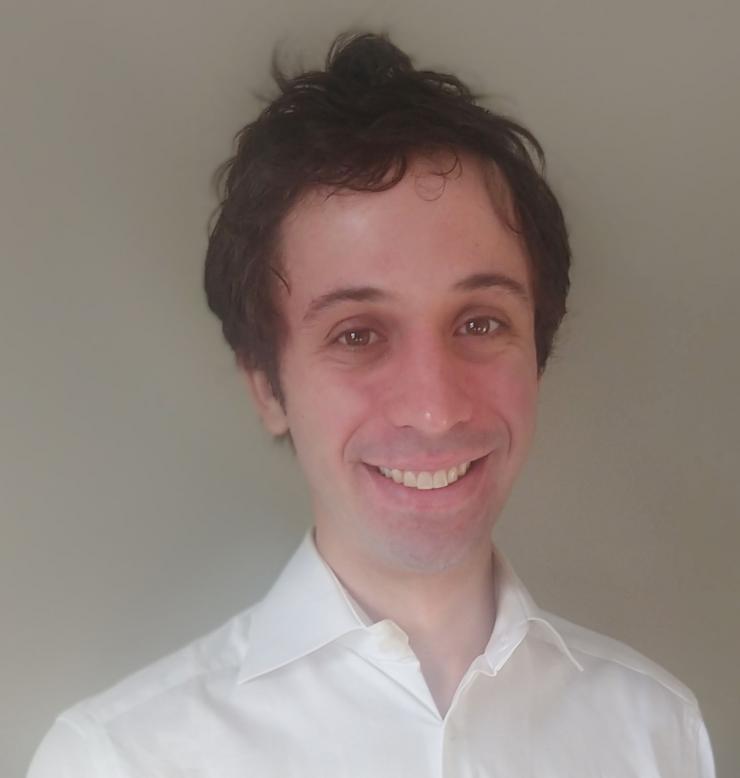Slevin Selected for Top Student Paper Prize at URSI GASS 2021
Sep 09, 2021 — Atlanta, GA

Edward Slevin
Edward Slevin won the first place prize in the student paper competition at the 34th General Assembly and Scientific Symposium of the International Union of Radio Science (URSI GASS 2021). The symposium took place from August 28-September 4 in Rome, Italy. This student paper competition is held every three years, ten finalists are selected from 100-plus submissions, and awards are given to the top five student papers and presenters.
Slevin is a Ph.D. student in the Georgia Tech School of Electrical and Computer Engineering (ECE) and works in the Low Frequency Radio Group. The title of his award-winning paper is "Wideband VLF/LF Transmission from an Electrically-Small Antenna by Means of Time-Varying Non-Reciprocity via High-Speed Switches.” Slevin’s coauthors on the paper are Morris Cohen, a Georgia Tech ECE associate professor and Slevin’s Ph.D. advisor, and Mark Golkowski, a professor in the Department of Electrical Engineering at Colorado State University.
Slevin’s work centers on a solution to the Electrically Short Antenna (ESA), which is an antenna that is much shorter than a wavelength. These antennas are usually inefficient, narrow in bandwidth, and very large in size. Particularly at low radio frequencies (below 500 kHz), this harms the ability to generate radio waves. Lightning is successful at producing these radio waves thanks to a miles-long antenna pumping hundreds of kiloamperes of current – but researchers are not able to do that. If this problem could be solved, a number of applications would be greatly enhanced, including trans-continental and trans-oceanic communication, subsea and subsurface communication, and navigation systems.
Slevin’s work tackles this problem by removing one of the longstanding assumptions underlying nearly every antenna – time-invariance. In particular, if electrical properties of an antenna can be adapted faster than voltages and currents can propagate back and forth along the antenna, the impedance matching that plagues conventional ESAs can be overcome, and more importantly, can do so over a huge range of frequencies.
Slevin’s efforts use a high-speed switch to control the propagation of short pulses through the antenna, trapping the pulse and thus maximizing the charge transfer. He has published this work recently and is working toward a Ph.D. dissertation within a year. His work has involved a broad combination of careful circuit design, a variety of theoretical tools, and real experimentation, to prove the concept and lay out the concept of time-varying antennas for a range of other potential applications.




